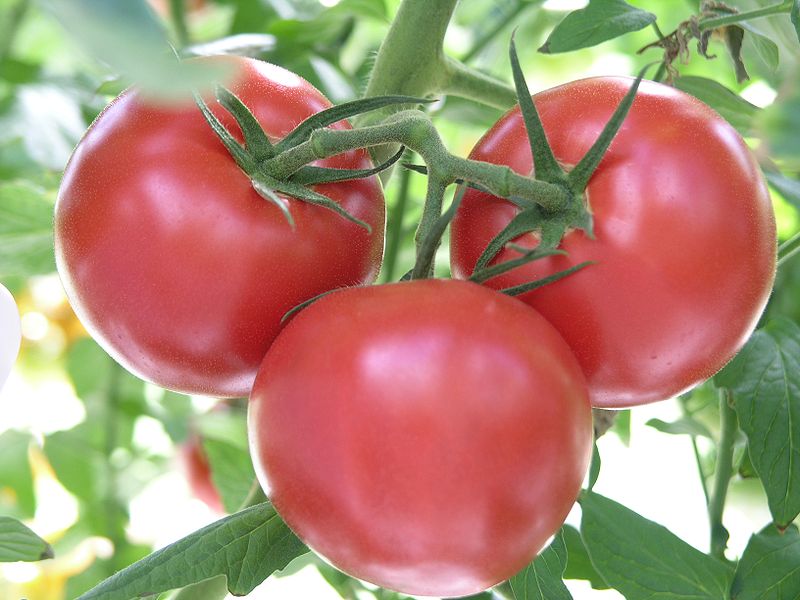Growing Tomatoes in the Home Garden
go.ncsu.edu/readext?607230
en Español / em Português
El inglés es el idioma de control de esta página. En la medida en que haya algún conflicto entre la traducción al inglés y la traducción, el inglés prevalece.
Al hacer clic en el enlace de traducción se activa un servicio de traducción gratuito para convertir la página al español. Al igual que con cualquier traducción por Internet, la conversión no es sensible al contexto y puede que no traduzca el texto en su significado original. NC State Extension no garantiza la exactitud del texto traducido. Por favor, tenga en cuenta que algunas aplicaciones y/o servicios pueden no funcionar como se espera cuando se traducen.
Português
Inglês é o idioma de controle desta página. Na medida que haja algum conflito entre o texto original em Inglês e a tradução, o Inglês prevalece.
Ao clicar no link de tradução, um serviço gratuito de tradução será ativado para converter a página para o Português. Como em qualquer tradução pela internet, a conversão não é sensivel ao contexto e pode não ocorrer a tradução para o significado orginal. O serviço de Extensão da Carolina do Norte (NC State Extension) não garante a exatidão do texto traduzido. Por favor, observe que algumas funções ou serviços podem não funcionar como esperado após a tradução.
English
English is the controlling language of this page. To the extent there is any conflict between the English text and the translation, English controls.
Clicking on the translation link activates a free translation service to convert the page to Spanish. As with any Internet translation, the conversion is not context-sensitive and may not translate the text to its original meaning. NC State Extension does not guarantee the accuracy of the translated text. Please note that some applications and/or services may not function as expected when translated.
Collapse ▲Home gardeners get a lot of satisfaction in going out to their garden and harvesting some plump red tomatoes. But nothing can be more frustrating to the home gardener than to go out and find a dead or wilted plant. Some examples of the problems that gardeners will run into and what can be done about them follows: The following is a checklist of the problems, probable causes, and suggested cures:
| Problem | Probable Cause | Suggested Cures |
| Wilting Plants | Dry soil | Water |
| Too much water in soil | Drain | |
| Nematodes | Follow cultural recommendations | |
| Disease | Use resistant varieties if possible | |
| Walnut Wilt | Don’t plant near Black Walnut | |
| Failure to set fruit | High or low temperatures | Follow recommended planting time. |
| Too much nitrogen | Avoid excess fertilization | |
| Insects | Identify and use control measures | |
| Cloudy weather | Hope the sun will shine | |
| Leaves curl | Heavy pruning in hot weather | Avoid pruning in hot weather |
| Diseases or insects | Identify and use control measures | |
| Variety | None needed | |
| Abnormal growth | Herbicide damage | Avoid sprayers previously used to apply herbicide. Prevent spray drift to garden site. |
| Virus diseases | Remove infected plants to prevent disease spreading. Control insects that transit virus. |
Tomato plants grow best when transplanted before blossoms form. Developing fruits on tomato plants place a serious nutrient drain on the plants. If the plants are having to overcome transplant shock, slow early growth will likely result.

Cluster of Tomatoes




